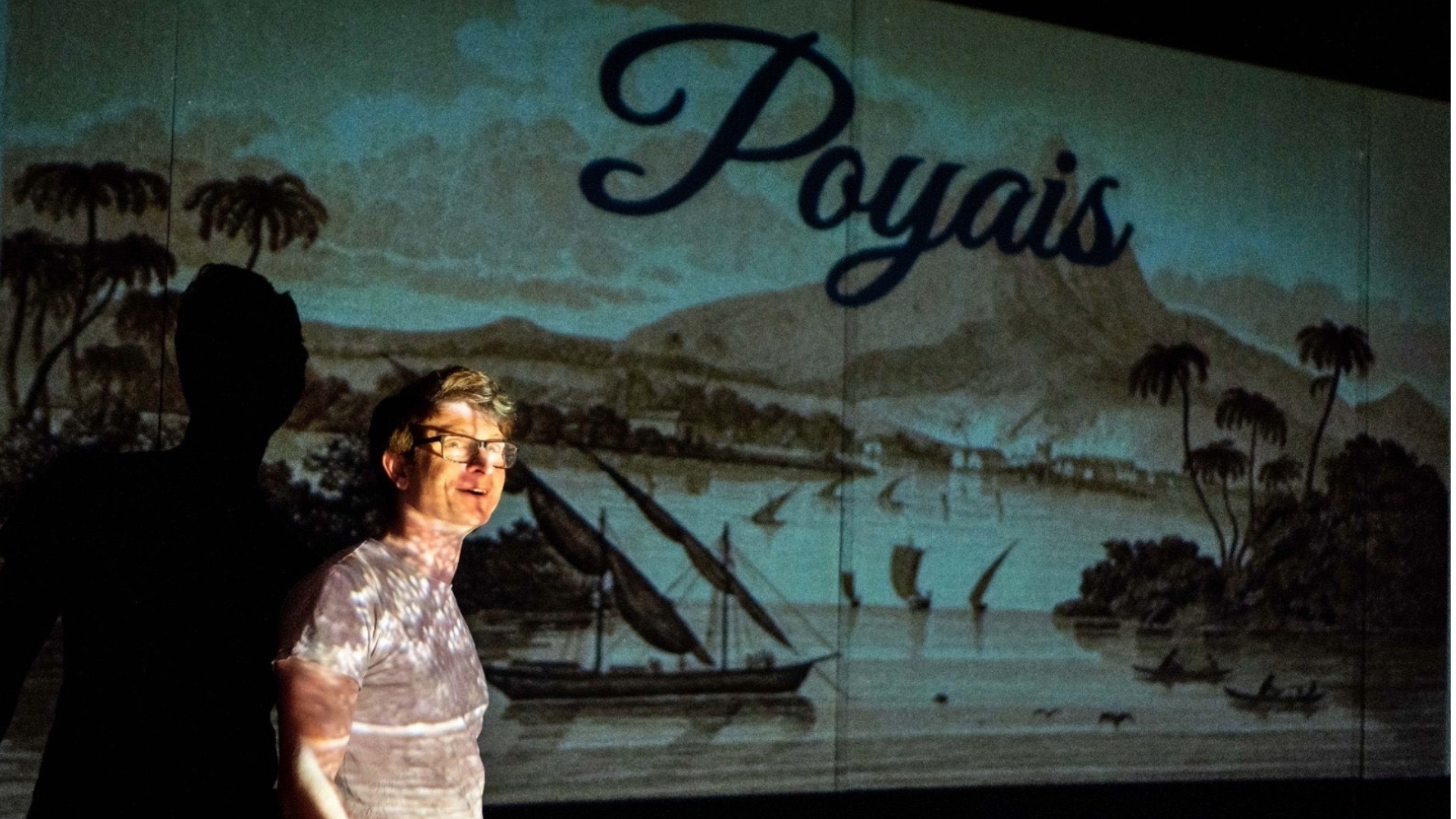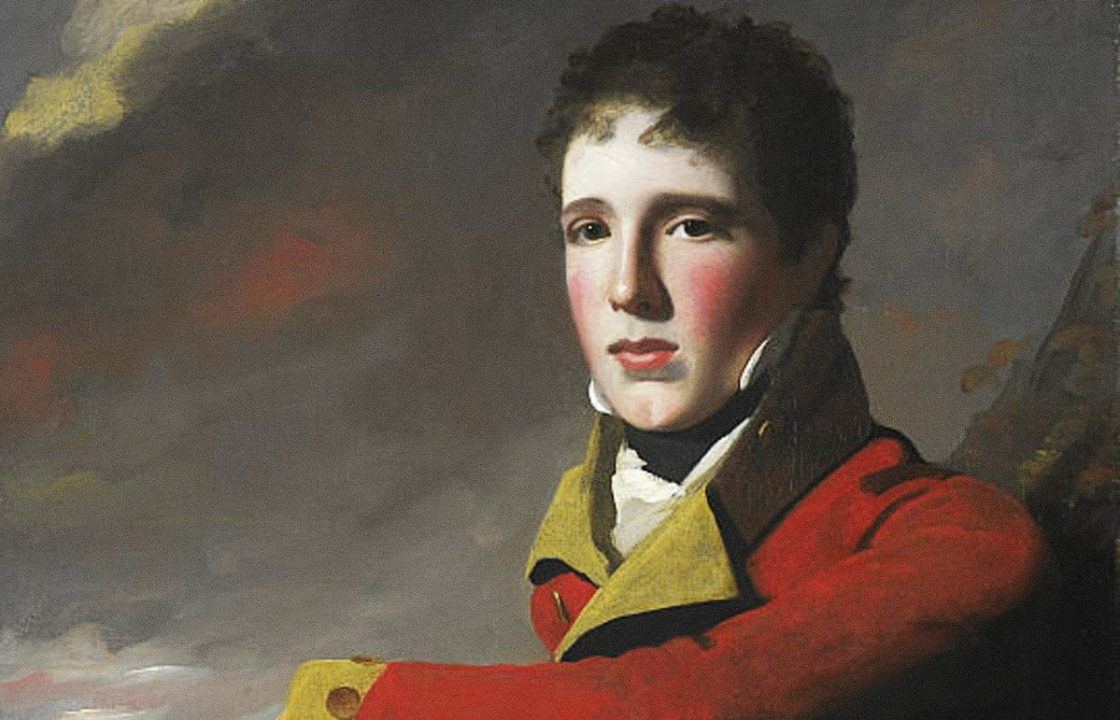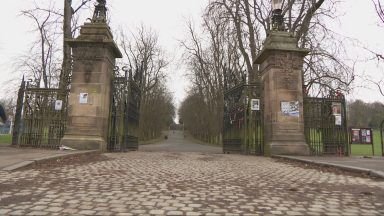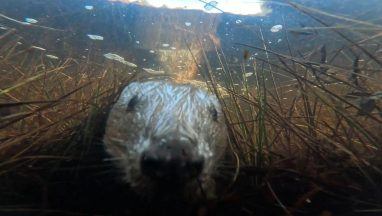A Scottish adventurer, believed to have caused the first-ever modern stock market crash 200 years ago, created a fictitious country to attract investors.
Gregor MacGregor, born in Stirling on Christmas Eve in 1785, was a soldier, explorer and con man who attempted to draw British and French investors and settlers to a made-up nation.
Poyais was a fictional Central American republic that McGregor claimed to rule as a sort of tribal chieftain called a Cazique, with hundreds investing in government bonds for the territory.
MacGregor issued a £300,000 loan through the London bank of Thomas Jenkins & Company for the bonds and land certificates, which is around £24m in today’s money.
Hundreds left Leith Dock in 1823 bound for the non-existent country in the Bay of Honduras, only to find a jungle with little food or shelter.
The plots of land and government bonds that MacGregor sold, nor Poyais itself, actually existed.
His actions are believed to have led to the Panic of 1825 – a stock market crash that originated in the Bank of England.
The story of Gregor MacGregor’s rise and fall
McGregor came from a warrior clan and joined the British Army at 16, perhaps drawing inspiration from his grandfather, who served with the Black Watch, and his father, who captained East India Company ships.
A short time later, McGregor returned from duty to Scotland and moved to Edinburgh with his wife Maria.
He called himself a colonel before referring to himself as Sir Gregor MacGregor and claimed he was a clan leader.
Following his wife’s death in 1811, he sold his inheritance and left for Venezuela, a country embroiled in war.
Revolutionary General Francisco de Miranda was said to have “admired” his courage.
He married Doña Josefa Antonia Aristeguieta y Lovera, the niece of Simon Bolívar, former President of Peru.
McGregor soon found himself with a large stretch of land between Nicaragua and Honduras – the basis of what would become the fictitious Poyais.
Following the Napoleonic Wars, he took advantage of investors in London who had “money to burn”.
He took out adverts in newspapers and opened sales offices to attract investment.
When ships carrying emigrants from Scotland arrived in 1823, the towns and roads of Poyais didn’t exist.
They were told by passengers on a previous boat that left London in September the year prior that they had been duped.
Due to a lack of available food and shelter, diseases were rife among those who made the journey.
As many as two-thirds died by the time a rescue was possible.
After his plan was foiled, he continued to scheme in France, managing to earn almost £300,000 thanks to enthusiastic investors.
However, he was soon found out and detained and tried for fraud in a French court in 1826.
MacGregor managed to escape prosecution while one of his associates was found guilty.
In 1838, he retired to Venezuela and passed away peacefully in Caracas at the age of 58, seven years later.
It’s believed he amassed a wealth of £1.3m, around £3.5bn in today’s money through his schemes.
‘It was quite ballsy’
A Scottish theatre maker says MacGregor’s actions go far beyond the context of the 1800s and reflect modern society.
Liam Rees, from Glasgow, took the con man’s story and created a performance entitled The Land That Never Was – exploring the “audacious” details of his life.
 James Armandary
James Armandary“It was the audacity of it, the fact that he decided to make up a country,” he told STV News.
“It doesn’t really get much bigger in terms of the ballsiness it requires.
“Consensus among historians and academics is that this was obviously a scam. But there is part of me that wonders if he thought he was going to fake it until he made it. It’s a pretty common tactic.
“I wanted to ask what we are willing to believe? And do you need to believe in something impossible for it to become reality? I was intrigued by that.
“As humans, we need to believe in something, and it’s the question of how that gets used or abused. “
He added: “At the time, I was thinking a lot about Scotland and national identity, especially when it came to things with the independence referendum and Brexit.
“I was thinking, who are we as a country? And there’s something in that. He tapped into the very colonial fever that was hitting the UK and Scotland at the time.
“It took me a while to work out why I kept on being drawn to the story, and in a weird way, I found out that the performance was about hope and about why people believe in ridiculous things.
“Those who fell for his scam were desperate and destitute, and so it was in some ways their only option.
“Nowadays, it feels like the world is constantly getting worse. There are more scams than ever with things like crypto and AI. It’s some of the worst parts of humanity.
“It’s always driven by the fact that people want things to change, to get better.”
Liam is developing a new show about the collapse of the Roman Empire called The Empire Is Collapsing and I’m Doing My F****** Laundry with support from the Theatre de la Ville in Luxembourg.
He is also an associate artist with Dead Centre, a theatre company based in Dublin, and is collaborating on their new show Deaf Republic at the Royal Court Theatre in London.
Follow STV News on WhatsApp
Scan the QR code on your mobile device for all the latest news from around the country


 National Galleries of Scotland.
National Galleries of Scotland.

























